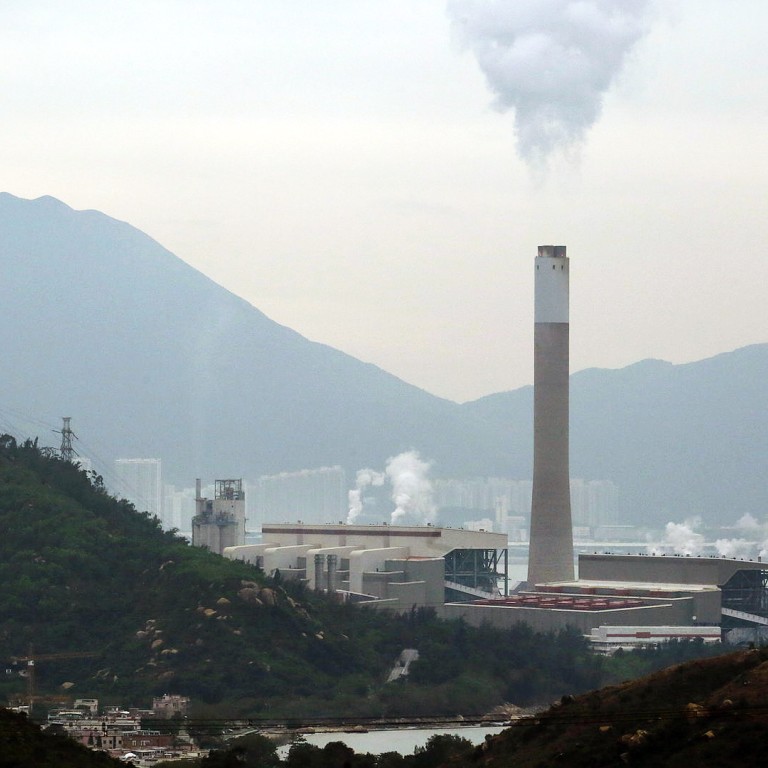
'Reward renewable energy producers to spur growth', coalition of green groups says
Coalition of nine environmental groups urges a rethink of power tariffs to promote investment in renewables and bring down production costs
Renewable energy producers should be rewarded through a new tariff system to spur investment in green energy and individual producers given greater access to the electricity grid to reduce their costs, a coalition of nine green groups says.
The city's two major energy suppliers, CLP Power and HK Electric, should also be subject to rewards and punishments on renewable generation to achieve greater energy efficiency.
The coalition of green groups is submitting the proposals as part of the government's three-month consultation on the future of the electricity market which ends on June 30.
"The current mechanism will only encourage the two power companies to amass even more fixed assets in the next 20 years," said Frances Yeung Hoi-shan, a senior campaigner at Greenpeace.
The fixed assets of the energy companies - the infrastructure used to produce power - account for a high proportion of their costs in generating energy through renewable sources which means Hongkongers pay more than they should for renewables such as solar energy, Yeung said.
CLP plans to install two additional 600-megawatt gas-fired generators at the Black Point Power Station in Tuen Mun. It recently submitted a project profile for an environmental impact assessment.
Solar power costs about HK$3.6 per kilowatt-hour, according to the group's analysis. Using so-called feed-in tariffs to reward energy production by renewables would bring this down to about HK$2.57.
"Using the Scheme of Control on fixed assets for renewable energy is not rational. We will pay more but get less renewable energy," said WWF's Prentice Koo Wai-muk. "A feed-in tariff system ensures everyone gains."
Feed-in tariffs are policies designed to spur renewable energy development and investment. Under such a mechanism, utility companies are required to pay for the electricity generated by renewable energy producers at fixed rates based on generation cost.
The tariff is generally higher than the retail price - to attract initial investment - but decreases every year from cost reductions brought by technological improvements.
Under the current 10-year Scheme of Control Agreement between the government and the two major energy producers, the two suppliers provide a steady supply of power at agreed prices in return for a 9.99 per cent return on their net fixed assets. The scheme expires in 2018.
CLP chief executive Richard Lancaster said the two natural-gas-fired generators planned by the company were undergoing feasibility studies that would determine their cost. An academic has projected the generators could cost HK$10 billion and result in a tariff rise of one or two per cent for consumers.
The generators, slated to come online in 2019, are needed to meet rising demand for power and to achieve the government's goals for reducing carbon emissions by 2020.
The Environment Bureau wants to increase the share of natural gas in the city's energy mix to 50 per cent by 2020. It has pledged to enhance regulatory mechanisms to achieve this.
But the bureau remains pessimistic on development of renewables, citing limited scope for large-scale use due to land constraints and high costs.


